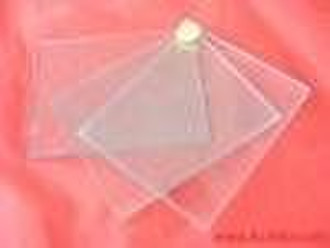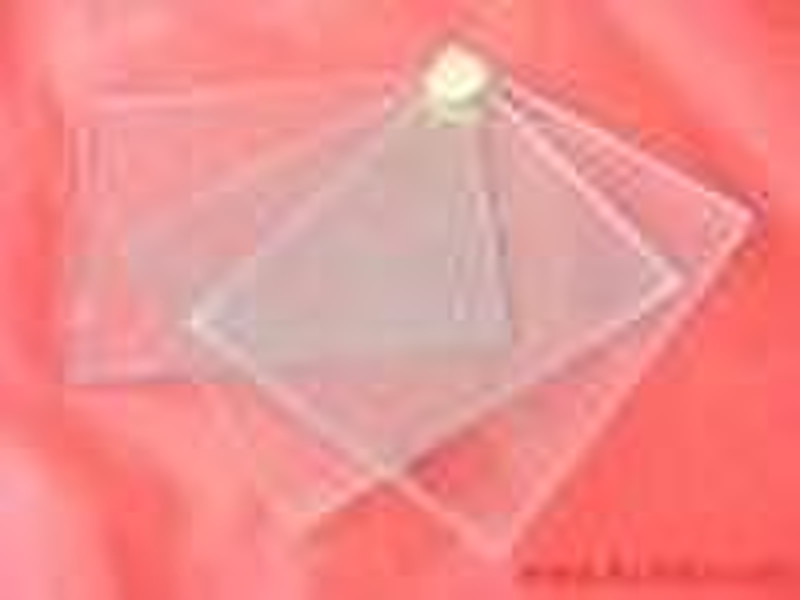Katalog
-
Katalog
- Auto & Motorrad
- Bauwesen und Immobilien
- Bekleidung
- Büro- und Schulartikel
- Chemikalien
- Dienstleistungen für Unternehmen
- Eisenwaren
- Elektrische Geräte & Zubehöre
- Elektronische Bauteile
- Energie
- Galanteriewaren
- Geschenke und Kunsthandwerke
- Gesundheit und Medizin
- Gummi und Kunststoffe
- Haus und Garten
- Haushaltsgeräte
- Koffer, Taschen & Hüllen
- Landwirtschaft
- Lebensmittel und Getränke
- Licht und Beleuchtung
- Maschinen, Geräte und Werkzeuge
- Maschinenteile und Herstellung Dienstleistungen
- Messapparat und Analysegerät
- Mineralien und Metallurgie
- Möbel
- Schuhe und Accessoires
- Schönheit und Körperpflege
- Service Geräte und -Ausstattung
- Sicherheit und Schutz
- Spielzeuge und Hobbys
- Sport und Unterhaltung
- Telekommunikations
- Textil und Lederware
- Transport
- Uhren, Schmuck, Brillen
- Umweltschutz
- Unterhaltungselektronik
- Verpacken und Drucken
- Werkzeuge
- Überschüssiger Warenbestand, Lager
Filters
Search
Antireflexglas
original-Preis: 10,00 USD
Shenzhen, China

Ivy Xiao
Kontaktperson
Basisdaten
| Ort der Herkunft | Guangdong China (Mainland) |
|---|---|
| Marke | XJD |
| Modell-Nummer | AR |
| Funktion | Heat Reflective Glass |
| Form | Flat |
| Struktur | Solid |
| Technik | Tempered Glass |
Anti-reflective glass is called high-transmittance glass, We use advanced magnetron sputtering vaccuum coating technology , coating the nano optics multilayer film on the glass from 91% to more than 98%. Decrease reflectivity from 8% (float glass) to less than 2%. avoiding images being influenced by backside strong light and enjoying clearer image. Greenhouses application:Beside the focus of solar applications, antireflective glazing can be advantageously used in other fields of high demand on light and energy transmittance. In the last decade, Europe exhibited a growing rate of vegetables and flowers which are grown in greenhouses. A 6% transmittance increase results in a 6% higher crop yield.Other applications:- Photovoltaic:In order to utilize Visible light more efficiently Hanson`s antireflective Glass has an outstanding light transmittance ability in the visible light wavelength range, while reduces transmittance in the wavelength range of Infrared radiation (avoiding against the heating effect of the battery) and Ultra-Violet radiation (avoiding against UV degradation).Photovoltaic modules equipped with Hanson Antireflective Glassshow significant performance benefits compared to conventional modules. In addition to the technical advantages, modules with Hanson Antireflective Glass exhibit a distinct reduced glare and pleasant optical appearance.- Solar thermal:In solar thermal collectors generating hot water for domestic use, antireflective glass as cover sheet for the collector also results in a beneficial thermal yield.- Architectural (pglazing rotection):In architectural applications the antireflective glass can be used as a tailored system for protecting historical facades and ancient glazings. For this application, color neutrality is of crucial importance since the optical appearance of the building should not be influenced. Our antireflective glass can easily be adjusted in its reflectance color by varying the coating thickness.- Displays:Antireflective glass cut visible light reflectance to less than 2%, while allowing more visible light to pass through than even clear float glass. In addition to its anti-reflective properties, antireflective glass blocks over 99% of UV transmittance to protect interiors and contents. Antireflective glass is not only ideal for typical anti-reflective uses such as museums and displays, but a practical choice for retail storefronts, showrooms, and a host of applications where an anti-reflective product was never an option
Lieferbedingungen und Verpackung
Packaging Detail: wood carton Delivery Detail: 5days
Hafen: shenzhen
Zahlungsbedingungen
Letter of credit
Telegraphic transfer
Western Union
-
Zahlungsarten
Wir akzeptieren:









